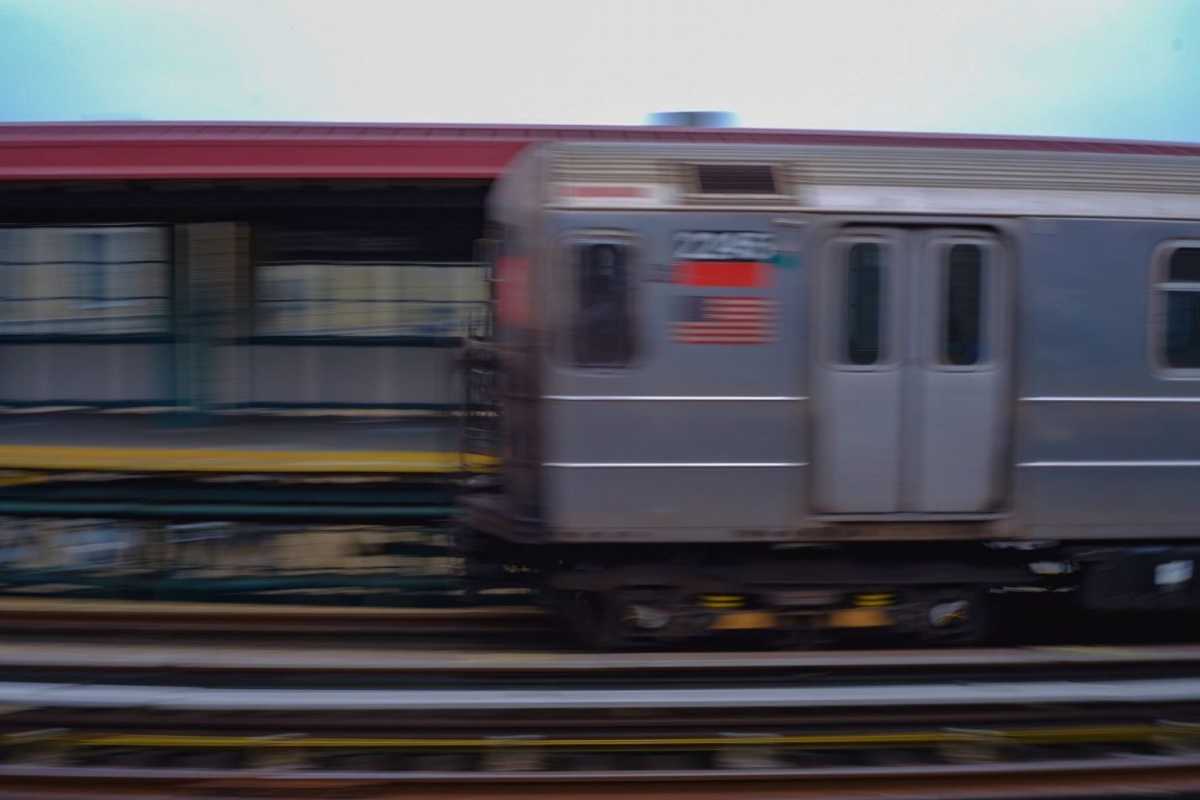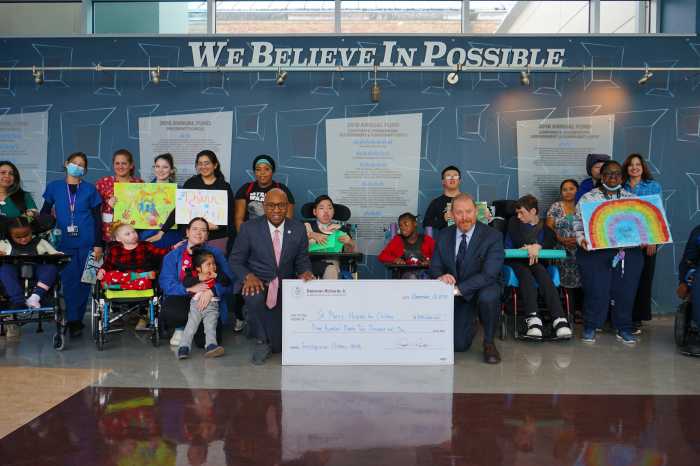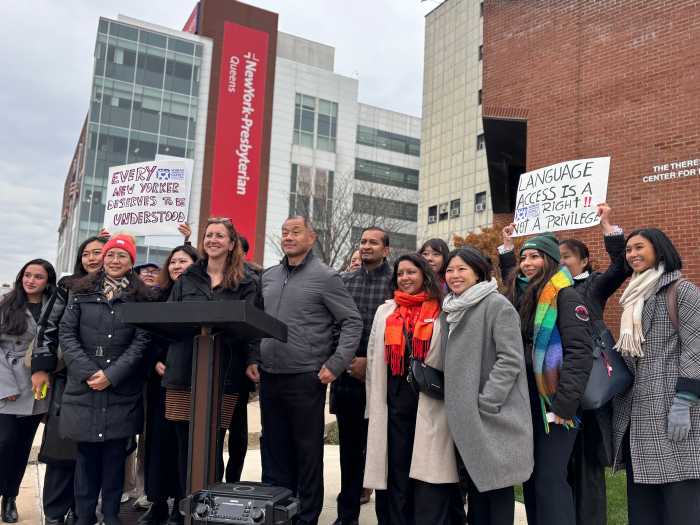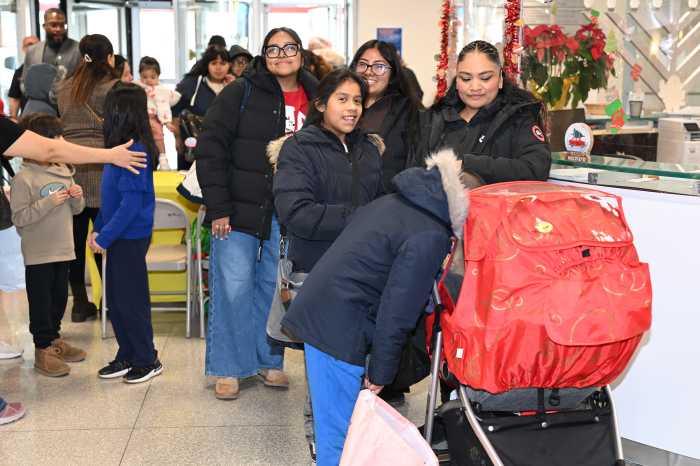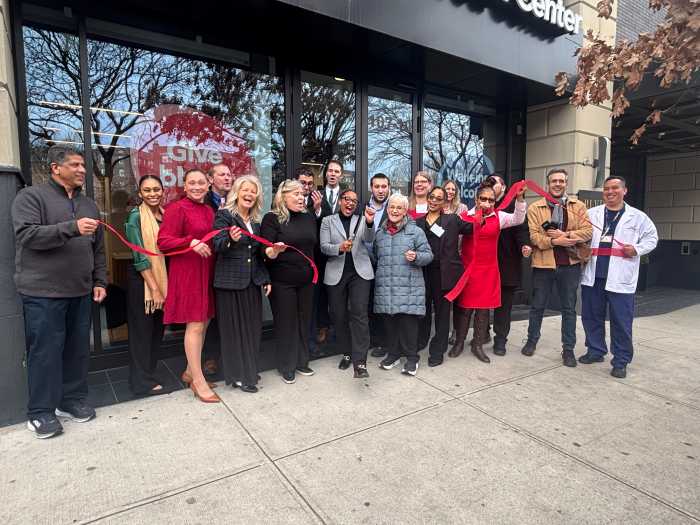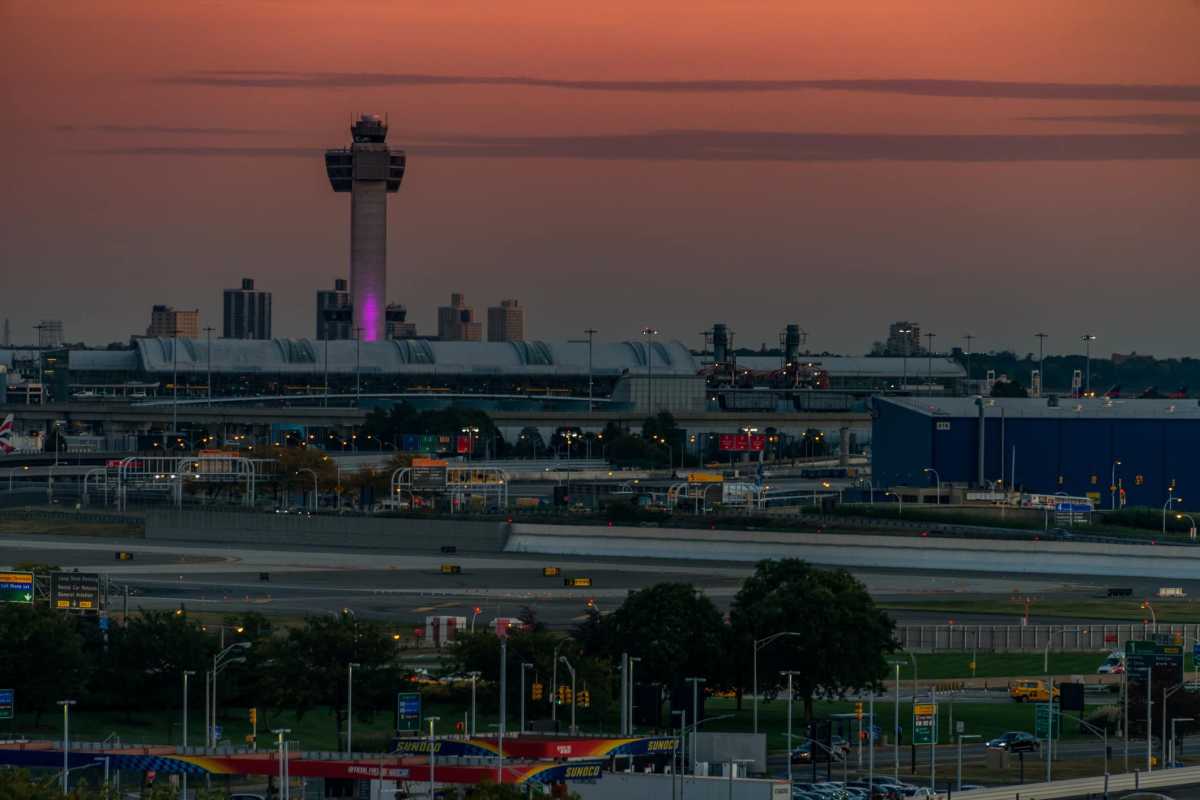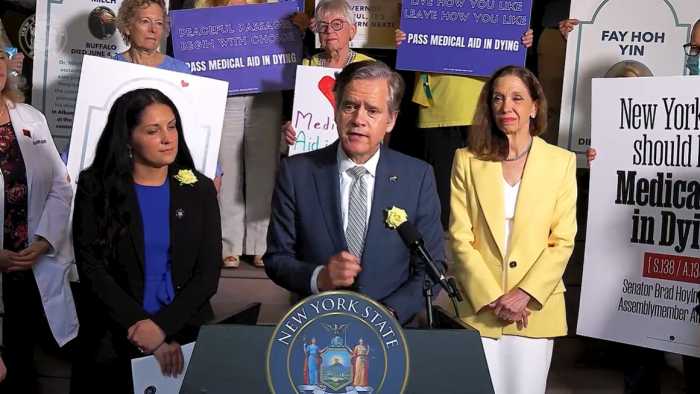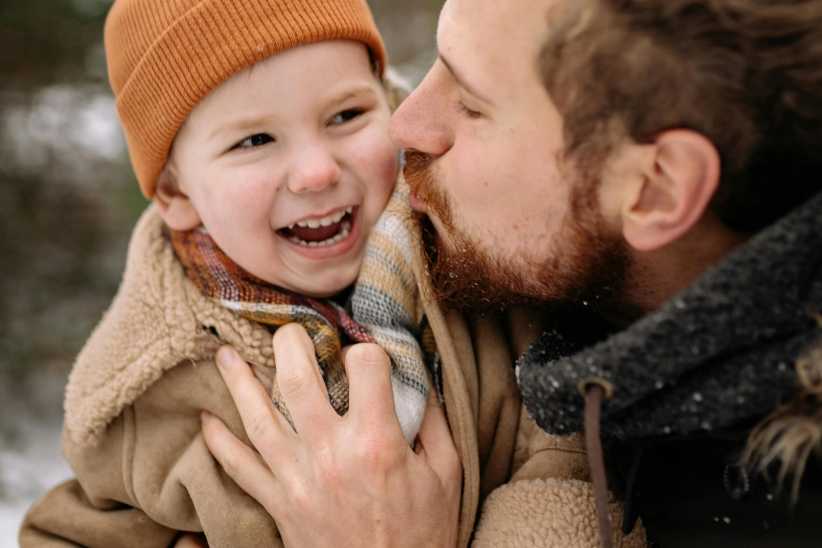The MTA’s $300 to $500 million effort to clean trains, buses and stations every 72 hours appears not to be enough, as Governor Andrew Cuomo issued a vague order to the agency to ensure rolling stock is sterilized every day.
However, it is unclear if this means trains and buses will get scrubbed once every 24 hours or before every new shift for transit workers.
The announcement comes on Tuesday as the state commits to expand testing to transit workers who are disproportionately sick and dying of the COVID-19 and government agencies work to remove homeless people from the subways.
“When people get into the train in the morning they had to know that that train was disinfected the night before,” Cuomo said without the knowledge of whether or not it would impact service. “I told the MTA, give me a plan whereby you will clean and disinfect every train every night so that I can say to the essential workers who are killing themselves for our state [the system is clean].”
Cuomo said he was not going to create the cleaning schedule for the MTA and that his homeless programs at the city level under two mayors and at the federal level under Bill Clinton (called ‘The Continuum of Care’) qualified him to determine that homeless people had no place on the trains
“This is a false choice — well the homeless are on the trains, they have a right to be on the train — no one wants to live their lives on a subway train and we have a higher obligation as a society than to say, OK, you can sleep in a subway car,” Cuomo said. “It is a tremendous undertaking that has never been done before, and you’re going to have to get homeless people into shelters where they can get the services they need, so that’s a second operation.”
According to Cuomo, crime being up on the subways while ridership being down ridership boggled his mine, making no sense “mathematically,” and said the plan to improve the subways would be due from the MTA on Thursday.
The state’s new transit cleaning mandate comes after a contentious week between the city and the MTA, firstly with interim New York City Transit President Sarah Feinberg telling reporters the agency was “frustrated” with the lack of attention to homelessness in the subway.
The MTA was in full agreement with the governor’s order for more frequent cleaning, issuing the following statement from MTA senior adviser Ken Lovett:
“We fully agree that we must do everything we can to keep our system and trains and buses as clean and as safe as possible. Following on our aggressive plan of disinfecting our stations twice each day and our full fleet every 72 hours, we are completing a plan to further enhance and increase the frequency of our cleaning. We will deliver that plan to the governor as he requested.”
Starting Wednesday, NYPD homeless outreach and the MTA began ensuring that homeless people left subways at 10 terminus stations, upon which time they will be offered health and shelter services.
The Coalition for the Homeless, however, was not keen on the mayor’s plan to deploy cops on the subway and would only push people further away from the services they could be taking advantage of.
“If you want to help homeless New Yorkers move off the subways and the streets, you need to offer them somewhere safe to go. During this pandemic, many homeless New Yorkers are rightfully afraid of crowded congregate shelters, where COVID-19 continues to spread,” said Giselle Routhier, policy director at Coalition for the Homeless. “The city could open up thousands of hotel rooms and offer every single person on the subway access to them if only Mayor de Blasio had the political will.”
Mayor Bill de Blasio said Wednesday morning he and others in his administration would help facilitate closing stations for deep cleaning and provide shuttle buses for disruptions in service.
“So it won’t disrupt service for those who need service, but it’ll allow for deep cleaning of the stations and will allow for the NYPD and our outreach workers to engage people in a much more effective manner,” de Blasio said. “And it will change the pattern that has existed for decades in the city where a homeless individual can ride a subway line back and forth, back and forth, which is just not right.”
This story originally appeared on amny.com.

